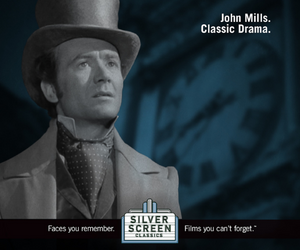OTTAWA – Radio stations must dip into their new media revenues to pay SOCAN for music broadcast from station web sites, into the future – and dating back to 1996.
The Copyright Board of Canada Friday issued a decision dealing with the second part of the Society of Composers, Authors and Music Publishers of Canada (SOCAN) Tariff 22 with respect to the communication of musical works on the Internet.
The first part of that tariff was issued last year (October 18th) and dealt exclusively with online music services. This second part sets rates for other music uses over the Internet such as the web sites of radio and television stations as well as other sites that use musical works as part of their Internet activities. As was the case for the first part, this second part of the tariff sets the rates to be paid to SOCAN for the period 1996 to 2006.
“For the users already paying royalties to SOCAN for their conventional activities, today’s decision essentially extends the existing tariffs to their Internet activities”, said Claude Majeau, secretary general of the Copyright Board, in the press release.
Hence, the rate for commercial radio stations’ web sites is set at 1.5% of Internet-related revenues for low music use stations and at 4.2% for the others. A rate of 1.9% of Internet operating costs will apply to non-commercial radio stations, a rate these stations already pay for their conventional operations.
“In addition, in recognition that not all pages of a radio station’s web site contain sounds, these rates will apply to no more than half of a site’s advertising revenues or operating costs. Users will be allowed to further reduce this proportion in the event that less than 50% of a site’s web pages contain sound,” reads the release explaining the new tariff.
Internet-only radio will also pay royalties to SOCAN according to a rate structure of between 1.5% and 5.3% of their revenues, depending on the amount of music they use.
Commercial as well as pay and specialty television will pay the same rate for their Internet site activities they already pay SOCAN for their conventional activities – 1.9%. They will also pay royalties only on a fraction of the site’s revenues.
Finally, game sites will pay a rate equal to 0.8%, also applied on a fraction of the site’s revenues.
In a majority decision, Justice William J. Vancise and Stephen J. Callary also decided not to impose a tariff on a number of disparate sites for which the main activity is not related to music.
These include, for instance, restaurants, hotels, bars and any other business web sites that use music. It also includes amateur podcasts, social networking sites such as Facebook and MySpace and video sharing sites such as YouTube, as well as sites operated by individuals who use music.
“Such a tariff, if certified, could potentially target hundreds of thousands of users who either make very limited use of music or attract little or no attention. SOCAN was unable to provide the board with any reliable evidence on these users and, in these circumstances,” reads the release.
“(I)t would be highly disruptive and unfair to set a tariff for these users in the absence of any reliable benchmark”, said Majeau.
In the opinion of the majority, the amounts involved for the period 1996 to 2006 would most probably be quite modest since many of the sites that might involve important use of music, such as social networking (for instance, Facebook or MySpace) and video sharing sites (for instance, YouTube), are relatively new phenomena.
And, “in any event, when the board hears again this tariff in the future for the years 2007 and beyond, parties will be expected to provide the necessary evidence to allow the board to properly assess the situation,” added Majeau.



